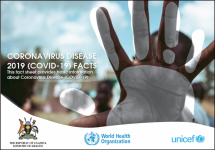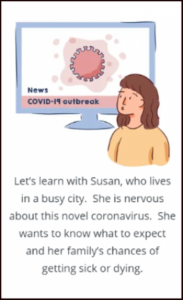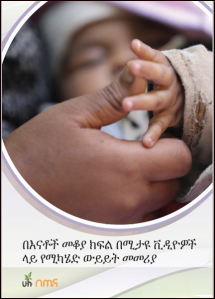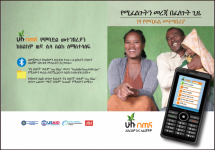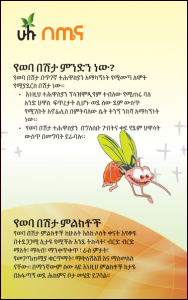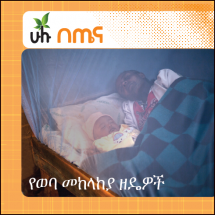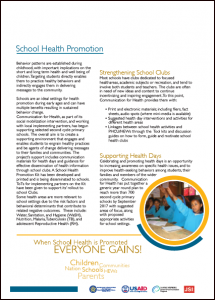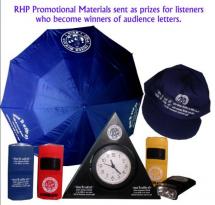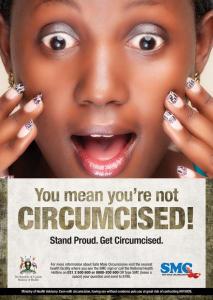Masks for Curbing the Spread of SARS-CoV-2 Coronavirus Illustration by MoHFW A manual on homemade masks
This guide is designed to provide a simple outline of best practices to make, use and reuse masks to enable NGOs and individuals to self-create such masks and accelerate widespread adoption of masks across India.
The key criteria for proposed designs are:
- Ease of Access to Materials
- Easy of Making at Home
- Ease of Use and Reuse
Wearing of masks is especially recommended for people living in densely populated areas across India.
Source: Office of the Principal Scientific Advisor to the Government of India
Date of Publication: April 10, 2020
SIMILIAR RESOURCES
Tools
Examples
- Scientific Brief: Community Use of Cloth Masks to Control the Spread of SARS-CoV-2
- Applying Principles of Behaviour Change to Reduce SARS-CoV-2 Transmission
- Key considerations: Quarantine in the Context of COVID-19
- Doing What Matters in Times of Stress: An Illustrated Guide
- How COVID-19 Spreads
- Coronavirus: The Seven Types of People who Start and Spread Viral Misinformation
- A Toolkit to Help Stop the Spread
- A Toolkit to Help Stop the Spread
- Physical Distancing, Face Masks, and Eye Protection for Prevention of COVID-19
- Advice on the Use of Masks for Children in the Community in the Context of COVID-19


